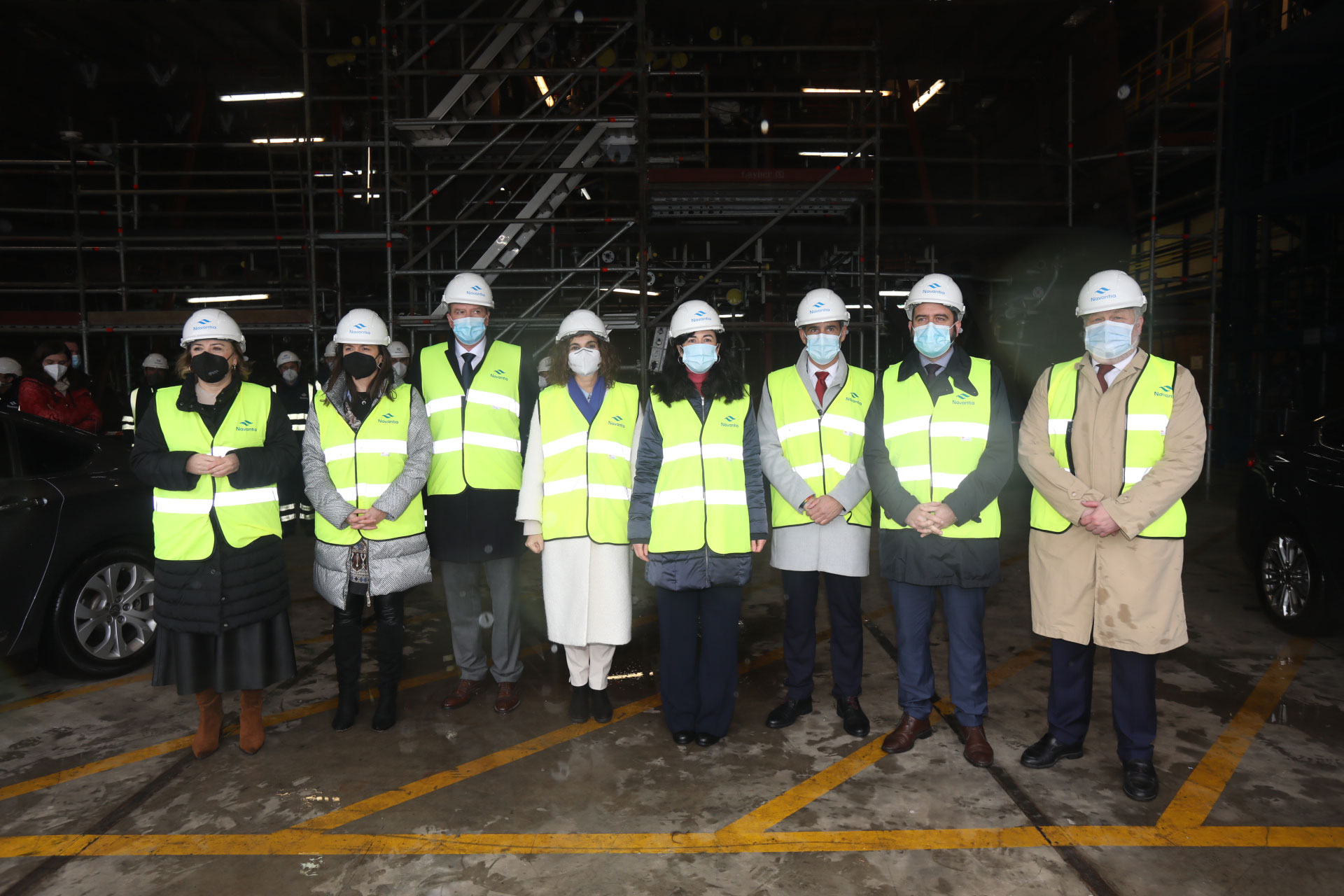
Navantia ha logrado un contrato con la Marina Real de Marruecos para diseñar y construir un patrullero de altura que supondrá un millón de horas de trabajo para los astilleros de la bahía de Cádiz, cerca de 250 empleos durante los próximos tres años y medio. En estos mismos astilleros también se construirá el Buque de Acción Marítima de Intervención Subacuática (BAM-IS) para la Armada española.
Marruecos comunicó en abril las especificaciones del contrato para la construcción del patrullero, por el que se interesaron astilleros de varios países. Navantia presentó su oferta en agosto y un equipo de la compañía se desplazó a Marruecos para negociar los aspectos técnicos y comerciales.
El contrato anunciado hoy por la ministra de Hacienda María Jesús Montero, durante una visita al astillero de San Fernando, incluye el diseño del buque. Una vez finalizados los trabajos de ingeniería, comenzará su construcción.
El patrullero de altura se inserta dentro del Plan Estratégico de Navantia. Es un buque muy demandado en el ámbito internacional, con las consiguientes oportunidades de exportación a otros países.
Navantia negociaba desde hace más de un año la venta de dos buques de este tipo a la marina marroquí por 272 millones. Aunque de momento se ha encargado la construcción de uno, el contrato abre la puerta al pedido de más unidades similares.
La empresa estudia también diferentes opciones comerciales para sus astilleros de Cartagena, donde actualmente se construye el submarino S-80, y Ferrol, donde se construirán las fragatas F-110 para la Armada Española. Este último programa se enmarca en lo establecido en el Plan Estratégico de la compañía, que apuesta por consolidar este astillero como polo de referencia mundial en el diseño y construcción de fragatas de última generación y como catalizador del Astillero 4.0, vital para asegurar la sostenibilidad de Navantia a medio y largo plazo.


